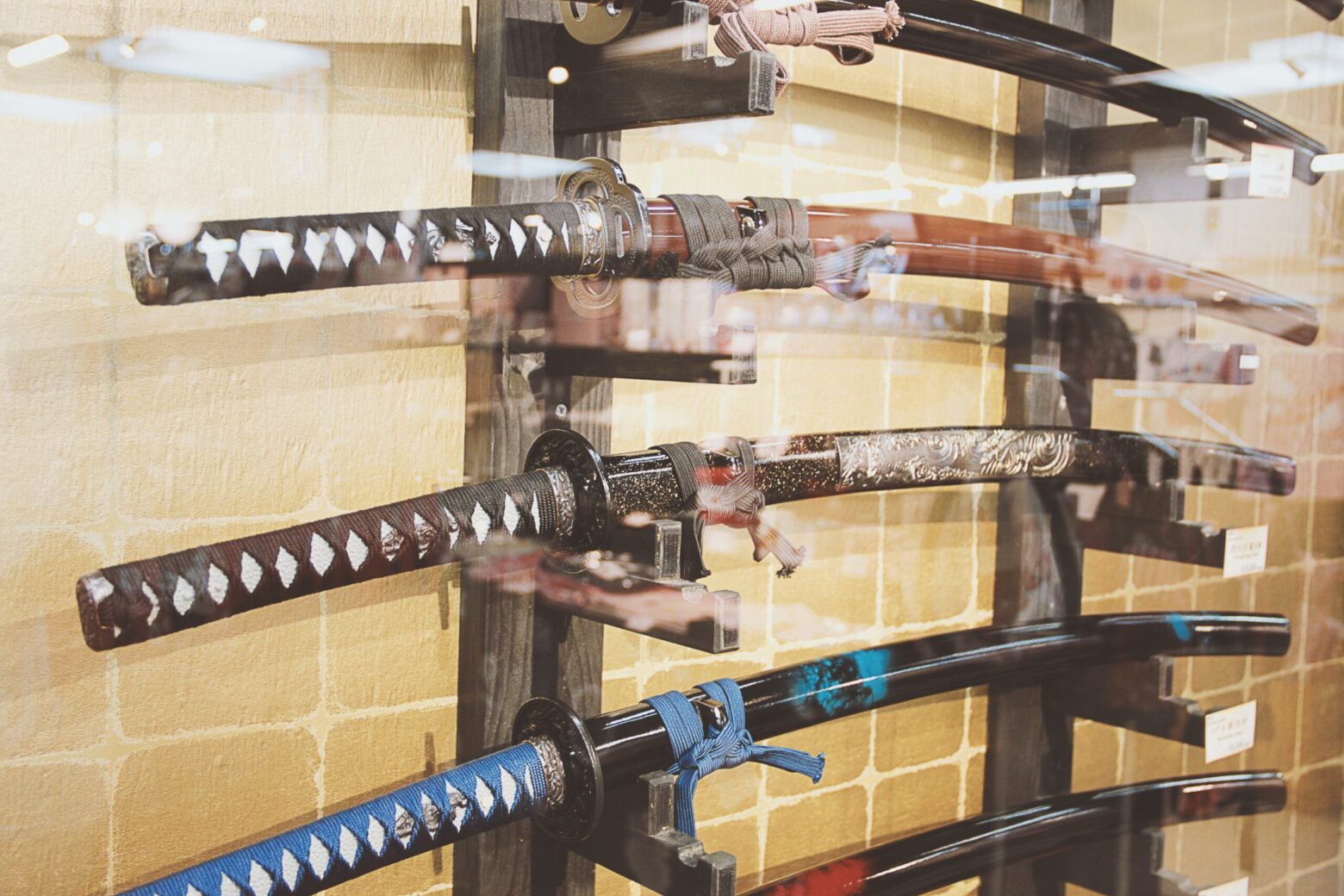In our daily life, we are often attracted by a variety of beautiful items. From the latest fashion, unique furniture designs, to exquisite ceramics, we have a natural tendency to equate beauty with excellence. This phenomenon is also present when we choose knives. The shelves of supermarkets, display windows of cutlery shops, and even advertisements on the internet are filled with all sorts of beautifully designed and shiny knives. Seeing these dazzling knives naturally raises a question: Is a good-looking knife necessarily a good knife?

The answer is complex, involving our understanding of the definition of “good,” and how we measure the merits of a knife.
First of all, we need to understand that knives are not just tools; they are also a manifestation of craftsmanship. In various cultures, knives have their unique shapes and decorations because people wish to blend beauty and practicality. The Japanese samurai sword is an excellent example. Each sword is meticulously sharpened and polished, having unique patterns and good balance. This appearance design undoubtedly makes it an artwork. However, the beauty of a knife does not come solely from its appearance. The beauty of a knife is also reflected in its functionality, its sharpness, its balance, and even its grip. For example, a kitchen knife may not be as ornate as a samurai sword in appearance, but its beauty also lies in its practicality, in how it provides the best support during the cooking process.
However, while the appearance and design of a knife are important, it does not mean that it is necessarily a good knife. Just as a movie with a gorgeous appearance but hollow inside cannot be called a good movie, a knife that only focuses on appearance cannot be called a good knife. The quality of the knife, especially the blade and body material, and the craftsmanship of the knife, are all key factors in determining whether a knife is “good.” For instance, whether a knife’s blade is sharp enough and can maintain its sharpness directly relates to its performance in chopping vegetables, cutting meat, and other practical operations. Similarly, the durability of a knife is an important evaluation criterion; a good-looking but non-durable knife may not be cost-effective in the long run.

Additionally, as a tool, the merits of a knife need to be demonstrated in actual use. When evaluating whether a knife is excellent, we also need to consider its usage scenarios. For example, a survival knife may need to have good corrosion resistance and strength, while a sushi knife needs to have extremely high cutting precision. And these characteristics cannot be judged merely by the appearance of the knife, they need to be assessed through actual use and the test of time.
In conclusion, whether a knife looks good does not necessarily determine whether it is a good knife. Although appearance and design are important in some respects, more crucial are the material of the knife, craftsmanship, durability, and the applicable usage scenarios. Therefore, when we choose knives, we need to consider all factors, not just its appearance. We need to try the knife, feel its weight and balance, evaluate its blade, and experience its performance in actual use. Only in this way can we choose a good knife that truly meets our needs, whether it is good-looking or not. And this is the wisdom that we, as consumers, need to master.
